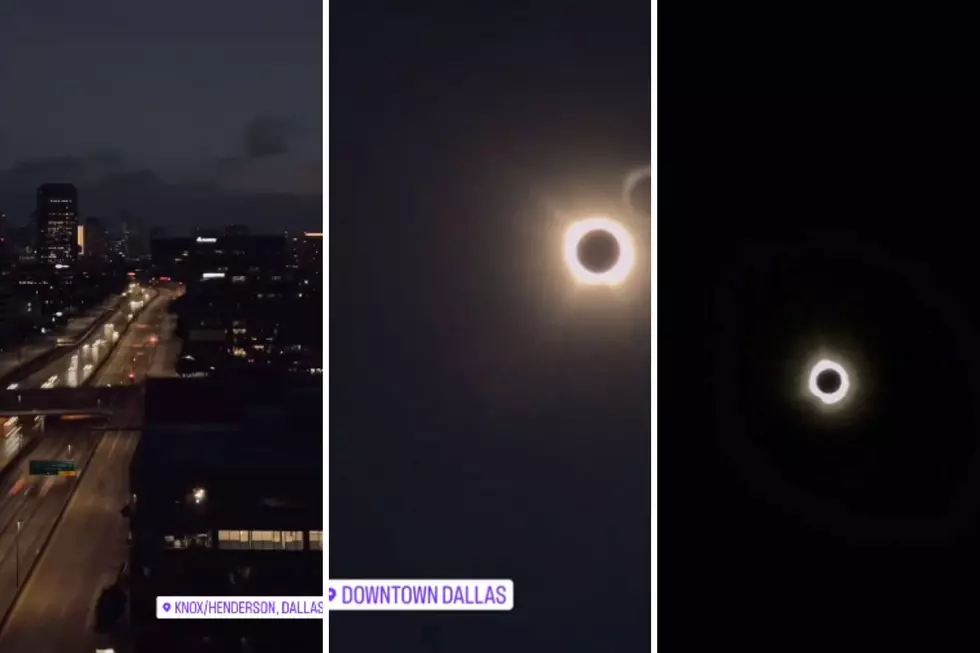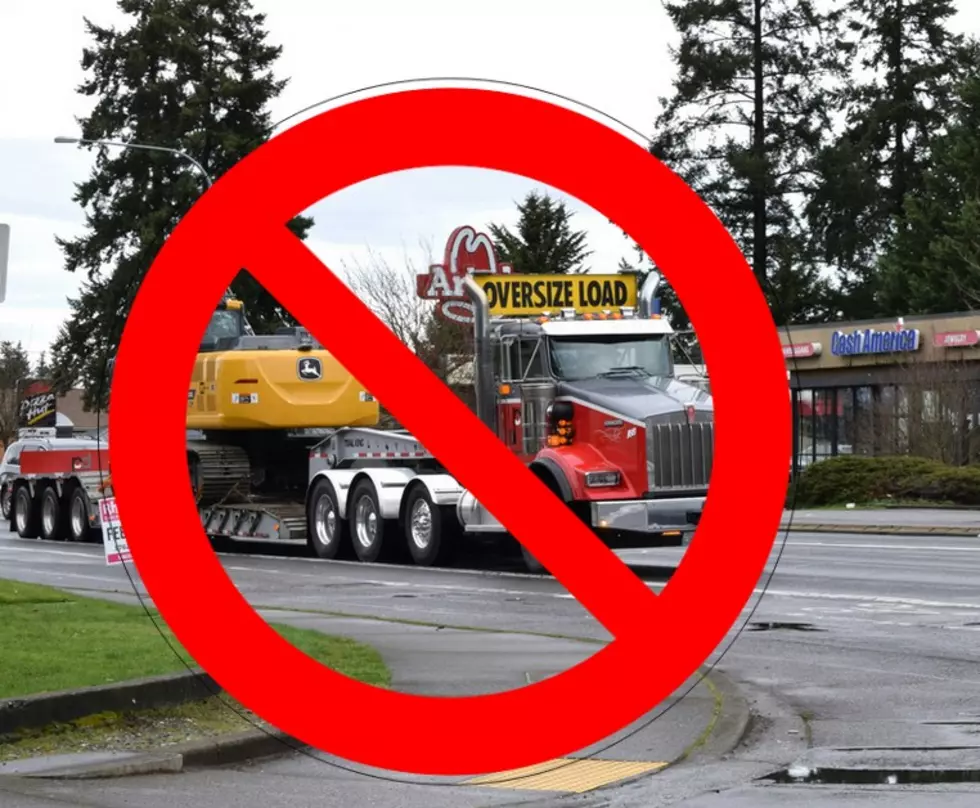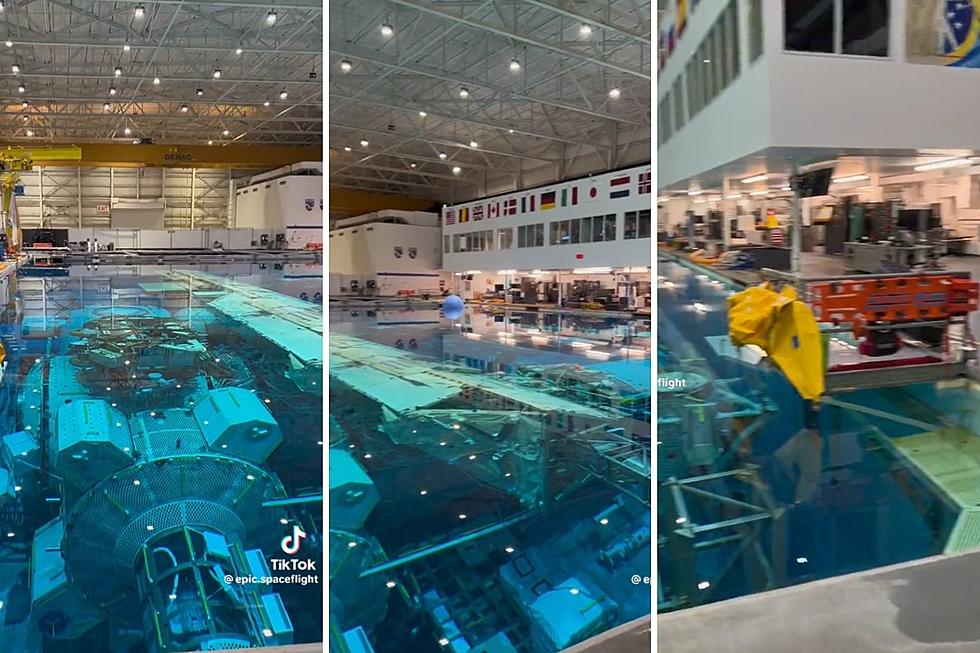How and When to View the 2017 Solar Eclipse in the Texoma Area
On August 21, everyone in the Continental United States, including right here in Texoma, will be able to witness one of the most spectacular astronomical events to ever occur, a total solar eclipse.
From the words of Sarah Kaplan from her article in Speaking of Science, astronomers have said this will be “the most photographed, most shared, most tweeted event in human history”. Aug 21st will be the first total eclipse occurrence to cross over our entire country in almost a century.
What is a total solar eclipse?
During a total solar eclipse, our new moon will pass between earth and the sun, as it does, it will cast a shadow covering up the entire sun. The moons shadow will hit land and travel on a specific path until it reaches a certain point where it will gradually dissipate and leave land. Astronomers refer to the directional movement of eclipses as the path of totality. At around 10am on August 21, the moon's shadow will hit Oregon, and then pass through 12 other states before getting to South Carolina where the shadow will leave us.
What will we be able to see in Texoma?
The Texoma area is not a designated point on the path of totality, yet we are close enough to see a phenomenal partial solar eclipse with our own eyes. The term partial solar eclipse refers to the moon covering at least 35% of the sun, while during a total solar eclipse it covers at least 80% of the sun.
For those of us here in the Wichita Falls area, our eclipse phase will begin around 11:30 am, peak at 1 pm, and end at 2:30 pm. Although, we won’t be able to see the moon entirely cover up the sun from our location, in Wichita Falls, we will see just over 77% of the sun covered by the moon -- something unlike anything Wichita Falls has ever seen before in our lifetime. If you want to see the total eclipse, you'll need to travel 414 miles northeast from Wichita Falls.
Remember, if you do plan on checking out the eclipse, it's important to do so safely. Looking directly at the sun without proper eye protection is unsafe. The only safe way to look directly at the eclipsed sun is through special solar filter 'eclipse glasses.' You could also use a welder's helmet, but make sure the glass has a minimum of #14 shading to keep from damaging your eyes. Read NASA's full eclipse viewing safety guidelines here.
When and where will the next total solar eclipse occur?
Prepare yourself, though the usual occurrence of total solar eclipses span over many decades, contrary to that fact, the next total solar eclipse is documented to hit land in just 7 years. Not only is the time frame unusual for the occurrence but the path of totality is once again here in the United States, something unheard of in the past, and Texas will be on that next path.
On April 8, 2024, the next total solar eclipse will begin in Mexico then enter the United States through Texas moving diagonally to Maine and finally leaving land in Canada. So, Texoma, mark your calendars because we are on that path and will be able to witness a total solar eclipse in its entirety.
FYI: It’s embarrassing to say, but until now my only reference of eclipses came from Don Mclean’s song “Total Eclipse of the Sun”.
More From 106.3 The Buzz









